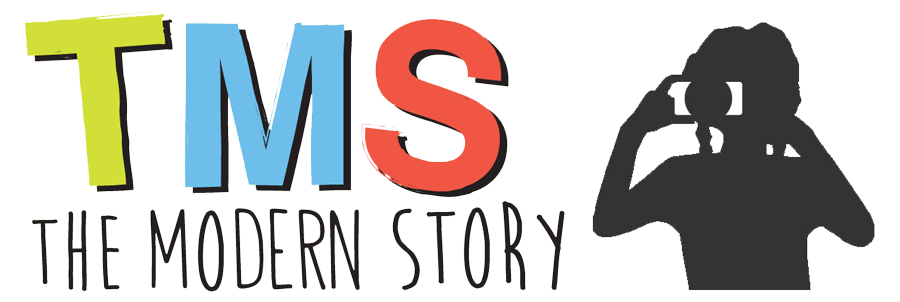The Modern Story completes the first week of the Social Justice curriculum
Students of The Modern Story program in Hyderabad, India completed their first week of the social justice curriculum created using resources from The Liberation Curriculum Initiative of the Martin Luther King Jr. Research and Education Institute at Stanford University. At Nalgonda, a school in a rural area 3 hours south of Hyderabad, students finished the week by practicing story boarding shots and using still photos in sequence to tell a story related to Ghandi and King’s principles. Most students used the Telangana issue to discuss ideas of non-violence.
“Turn the other cheek”
But one group insisted the most important issue related to non-violence in India is the uneasiness between Muslims and Hindus following the 26/11 attacks and relations with Pakistan.
“Let’s stop the violence.”
And what a fitting finish it was to end a week of teaching non-violence by having tea with India’s leading political analyst and veteran of Indian media, Mr. Jyotirmara Sharma. He is American Eloquence dressed in an overbearing Indian. To describe him physically, he resembles the professor from the antedated TV series, Sliders, the big guy. His casual genius would be embarrassing in a smaller man. He remarked at a recent meeting with civil servants in Hyderabad, ‘they told me there would be a lot less poverty if I would simply stop eating so much’ to many chuckles in the audience admiring the man’s display of Pillsbury wit.
Mr. Shamar said “the difference between Gandhi and Martin Luther King is that MLK pushed people to the brink of real violence, without which governments too easily co-opt resistance toward their own ends.’ He continued, ‘Indians assume democracy should be without friction’ and as a result ‘national myths go unchallenged’ even in the face of glaring government blunders and policy failures. One of his main points is that students should develop their own vocabularies when discussing ideas they’re interested in. Mr. Shamar then connected this discussion back to education. Especially education curriculum such as that of The Modern Story’s social justice program around Hyderabad. He said that if students are going to learn about non-violence and change, they must be allowed to develop their own vocabulary that is new, fresh and entirely their own. This was a convenient suggestion because earlier in the day I had a talk with Mr. Prosenjit Ganguly, an inspirational and leading figure in India’s animation sector. He said, ‘Animation is a language. It is a language first voiced by Charlie Chaplin. Animation is slapstick movement.’ Children use it best. And so I began to see a connection between the importance of language in politics and the artistry of animation that provides youth with a language that is all their own. Animation is a language of movement and is so easy to relate to. Animation expands the imagination in an education system that is often about regurgitation. Animation is, at the end of the day, a language spoken so frequently in India from Tollywood to Tom & Jerry that it is accessible enough to express ideas with a necessary and sufficiently fresh vocabulary for social change. Mr. Shamar continued saying new vocabulary, when applied to political action, must be constantly reinvented for social change to be convincing. Otherwise the mythic ‘Tolerant Hindu’ will speak with complacency where change is due.
The Modern Story Fellowship affords countless opportunities in Hyderabad to participate in a national and often global debate about the intersection between education, politics and social change. I am happy to be here. I hope you enjoy the multi-media materials we have produced so far this year and those to come. Despite swine flu, school changes, Telangana riots and an unexpected extended holiday we are carrying on!










